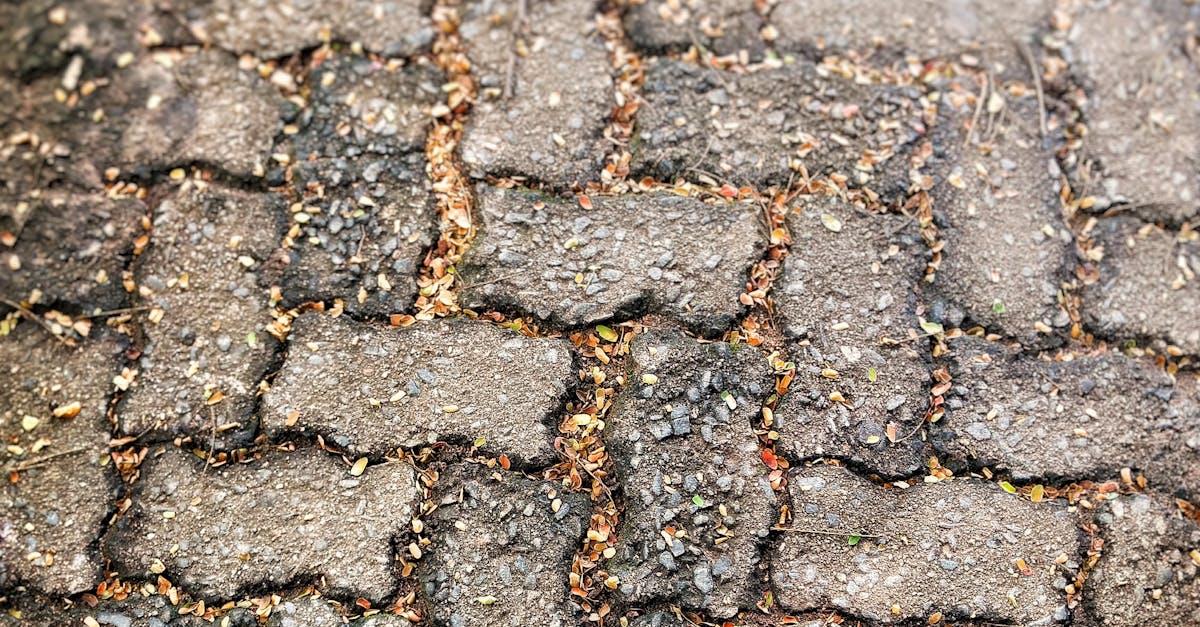
ory and charm to various structures. Preserving this tradition while incorporating modern elements in architectural designs has become a popular trend among designers and homeowners alike. The integration of cobblestone into contemporary projects serves as a way to pay homage to the past while embracing the present.By maintaining a sealed surface on cobblestones, property owners can provide a safer environment for pedestrians and vehicles alike. The enhanced traction and slip resistance of sealed cobblestone surfaces help to minimise the chances of accidents and injuries due to slipping or skidding. This proactive approach not only promotes safety but also contributes to a more secure and pleasant experience for all individuals navigating through the area.
By blending traditional cobblestone materials with innovative design concepts, architects and builders can create unique and visually appealing spaces that capture the essence of both old and new. Modern cobblestone designs often blend seamlessly with existing structures, adding character and warmth to the overall aesthetic. This approach not only enhances the beauty of the architectural space but also creates a timeless appeal that transcends passing design trends.Enhancing Property Value
Cobblestone Paving Techniques for Contemporary ProjectsSealing cobblestone regularly can significantly
eauty and functionality for years to come.Promoting Sustainability through Sealing Practices
Overcoming Design Hurdles with Creative Cobblestone SolutionsSealing cobblestone surfaces on a regular basis not only enhances their appearance and longevity but also contributes to promoting sustainability. By applying sealants to these surfaces, the risk of deterioration and erosion due to environmental factors such as rain, UV rays, and pollution is significantly reduced. This proactive approach not only maintains the aesthetic appeal of the cobblestone but also minimizes the need for extensive repairs or replacements in the long run.
Incorporating cobblestone into modern architectural designs can present challenges due to its traditional connotations. However, by embracing creative solutions, architects can seamlessly integrate this historical material into contemporary projects. One common hurdle is achieving a balance between preserving the charm of cobblestone while ensuring a fresh and stylish look in the overall design. Furthermore, sealing practices play a key role in conserving resources by extending the lifespan of cobblestone surfaces. By preventing damage and wear, the need for extracting new materials for reconstruction or maintenance is decreased. This helps in reducing the overall environmental impact associated with the production and transportation of construction materials, aligning with sustainable practices and promoting
To overcome this challenge, architects are exploring innovative cobblestone patterns that inject a sense of modernity into the traditional material. By playing with shapes, sizes, and layouts, designers can create visually captivating surfaces that pay homage to the past while embracing the future. Additionally, combining cobblestone with other materials like glass or metal can add a touch of sophistication to the design, further bridging the gap between tradition and modernity. By implementing these creative solutions, architects can elevate the aesthetic appeal of their projects while honouring the rich history of cobblestone in Australian architecture.